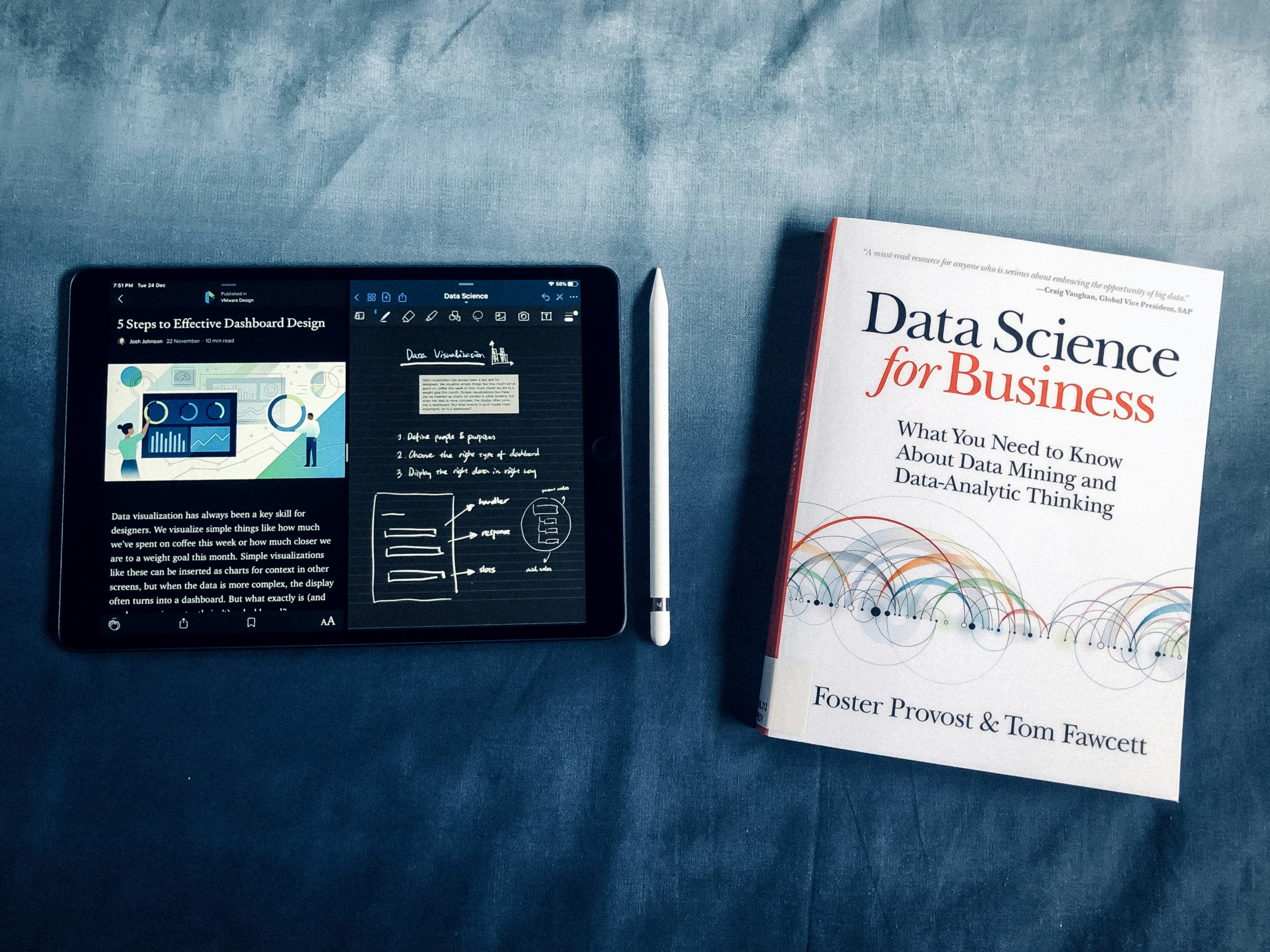Understanding Data Handling: A Comprehensive Guide

What is Data Handling?
Data handling is the systematic process of collecting, organizing, and representing data to enhance understanding and facilitate decision-making. It plays a crucial role in various fields, including education, business, and science, where informed choices can significantly impact outcomes. Through effective data handling, individuals can transform raw data into meaningful information that aids in analysis and comprehension.
In the realm of education, particularly for children, data handling for kids involves engaging with concepts like pictographs, bar graphs, and tally marks to represent data visually. For instance, a simple exercise might involve collecting and organizing data about students’ favorite fruits; children can gather responses and then display this information using a bar graph for kids. This not only makes learning enjoyable but also reinforces the concept of interpreting data for children in a practical context.
When discussing data handling in mathematics, it is vital to understand how graphs and charts portray quantitative information. For example, a pictograph for kids effectively represents data in a visual format, making it easier to recognize trends and patterns. Similarly, for students in class 4, class 5, and class 6, data handling worksheets for students can further solidify their understanding of these concepts by providing structured activities that allow them to apply their knowledge while learning how to create and analyze these visual representations.
In everyday life, data handling is significant for making informed decisions. For example, businesses often analyze customer feedback data to improve their services, demonstrating how collecting and organizing data can directly influence success in the marketplace. The ability to effectively manage and interpret data is a skill that not only benefits educational pursuits but also prepares students for future challenges in various sectors. Consequently, data handling for kids emerges as an essential element in developing critical thinking and analytical skills needed to navigate an increasingly data-driven world.
Step-by-Step: How to Handle Data
Data handling for kids is an essential skill that helps young learners grasp how to manage and interpret information effectively. The process of data handling can be divided into four main stages: collecting, organizing, representing, and interpreting data. This guide will explore each of these phases with practical examples that make the concepts easier for children to understand.
The first step in data handling is collecting data. This can be done through observation, surveys, or inquiries. For instance, children can conduct a survey among their classmates to determine their favorite fruits. By asking questions and recording the answers, students start their journey into data handling. This is an engaging way to introduce the concept of gathering information, making it relatable and fun.
Once the data is collected, the next step involves organizing it into structured formats. Children can learn to create lists or tables to display the data more clearly. For instance, they can create a simple table that shows the number of votes each fruit received. This organization is crucial because it lays the groundwork for the subsequent phases of data handling in mathematics.
The third stage is representing the organized data visually. This is where tools like pictographs and bar graphs for kids come in handy. By employing these tools, children can illustrate their findings effectively. If they have gathered data on favorite fruits, they can use a bar graph to show the number of votes for each fruit visually. This representation makes understanding the data more accessible and engaging for young learners.
Finally, the last step is interpreting the data. Children need to derive meaningful insights from the visual representations. They may conclude which fruit is the most popular among their peers. This step aids in developing data handling skills, enabling students to make sense of the information they collected, thus providing real-world applications of the process.
The Importance of Data Handling
Data handling is a vital skill that plays an essential role in various aspects of life, particularly in mathematics and decision-making. Understanding what data handling entails involves recognizing its ability to aid individuals in solving real-life problems, which can range from academic scenarios to everyday situations. With an upbringing enriched by data handling for kids, learners are better equipped to compare different data sets efficiently and make informed decisions grounded in factual information.
In everyday life, data handling is ubiquitous and manifests in numerous contexts. For instance, weather forecasts rely heavily on the collection and organizing of data, helping individuals plan their days appropriately. Similarly, sports statistics provide essential insights into team performance, allowing fans and analysts to interpret data for children and adults alike. Academic performance tracking in schools, including subjects like mathematics, extensively uses data handling practices to evaluate student progress and effectiveness in teaching methodologies. This reinforces the significance of data handling skills from an early age, making it a focal point in educational curricula.
Moreover, data handling encompasses various methods, including pictographs and bar graphs for kids, which can make learning more engaging. Through examples of data handling such as tally marks, children can earn a deeper understanding of data interpretation, whether in class 4, class 5, or class 6. By employing data handling worksheets for students, educators can further enhance this learning process, allowing students to practice and refine their skills in a structured manner. The ability to analyze and act on data is not just beneficial but essential for nurturing critical thinking and informed decision-making among young learners.
Fun Facts about Data Handling
Data handling is an essential component of various fields and daily activities, often unnoticed by those who are not familiar with its intricacies. One fascinating aspect is the prevalence of data handling techniques in our everyday lives. From media reports to academic results, the interpretation and representation of data shape our understanding of the world. For instance, sports scores displayed during games or reported in the media are all examples of data handling. These scores are often summarized using bar graphs, which visually represent the performance of different teams over time.
Another compelling illustration is found in classrooms where data handling for kids is introduced through fun and accessible methods, such as tally marks and pictographs. These techniques make the concepts clearer and more engaging for young learners, particularly in data handling for class 4, 5, and 6. Teachers often use real-life examples to show how collecting and organizing data comes to play in various contexts, allowing students to interpret data for children comprehensively.
Did you know that the average person is exposed to hundreds of data points each day? Whether it’s the weather forecast, stock market updates, or election results, data handling is always at play. The art of presenting complex information simply can transform how we view statistics. Innovative formats, such as infographics or interactive charts, help the audience to understand intricate details quickly. In addition, data handling worksheets for students serve as practical tools to reinforce these concepts, fostering a better grasp of data interpretation and presentation techniques.
Engaging with data handling can even lead to surprising statistics — for example, studies have found that people remember information better when it is presented visually rather than in text form. By utilizing larger data representations like bar graphs for kids or pictographs for kids, it becomes easier to grasp and retain significant data points, further underscoring the value of data handling in education and beyond.
